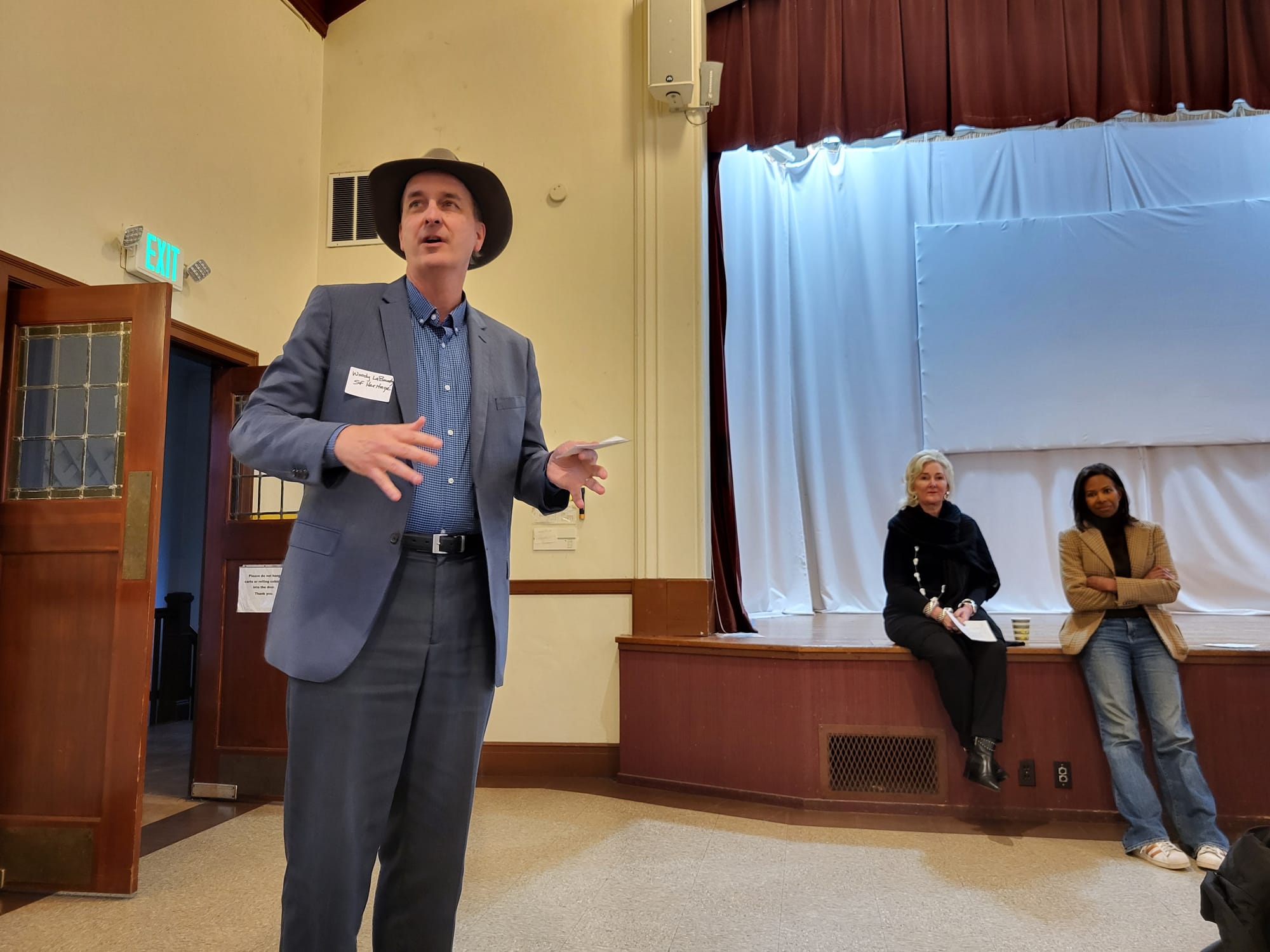🟧 96 Units On Ocean // Balboa Reservoir Project Update
In this week’s newsletter, we dig into plans for 96 units of housing on Ocean Avenue and more.
The Ingleside Terraces Homes Association wants its 750 properties added to the National Register of Historic Places to preserve its character.

Ingleside Terraces already has a historic sundial and pocket park. Soon, all 750 homes may be historic, too.
The Ingleside Terraces Homes Association established a committee to place the 111-year-old residence park on the National Register of Historic Places and launched a website to share information and collect donations to pay for the effort.
“This project started in 2008, over 15 years ago and we are still at the beginning of the process,” said Monica Morse, the committee’s chair.
The committee has held two meetings to share information with residents about the application process and encourage them to pledge money toward the $85,000 project.
SF Heritage, a nonprofit dedicated to preserving San Francisco's unique architectural and cultural identity, is serving as a fiscal sponsor.
The application process requires gauging community interest and surveying every house and researching all events and locations to see if and how they contribute to the historical significance of the neighborhood. Once the application is finished, it would be sent to the San Francisco Preservation Commission for feedback and then submitted to the State Historic Resources Commission for approval and then to the National Register of Historic Places.
If approved, contributing homes would also need to maintain their historical exterior appearances and it would be overseen by the already existing Ingleside Terraces Homes Association design review board.

Other neighborhoods near Ingleside Terraces have already gone through the lengthy process. St. Francis Wood was listed on the registry in 2022 despite some opposition.
Ingleside Terraces qualifies as historic for its unique architectural styles such as Craftsman, Edwardian, Spanish Colonial Revival and Mediterranean on hundreds of detached, single-family along with being an assembly place for city residents after the 1906 Earthquake and Fire.
The San Francisco Planning Department has already designated the neighborhood a historic resource. And two residences are San Francisco historic landmarks including the Ingleside Terraces sundial and the Cecil F. Poole House and where the Pacific Coast Jockey Club opened the Ingleside Racetrack in 1895, which is known as Urbano Drive in the present day.
The historic designation will protect the neighborhood from housing development.
“What’s changed is a continuing slew of state laws and requirements by the Housing Element meant to increase housing production,” said Woody LaBounty, SF Heritage’s president and CEO and a former columnist for The Ingleside Light. “Some of these new laws only recognize California Register-listed historic districts for exclusion from streamlining of permit and demolition approvals so whereas seeking landmark or listing status used to be a nice thing to do, it’s now actually important if we don’t want to start losing special places.”
Aside from recognizing the neighborhood's historical significance, it would protect homeowner property rights, including retaining control over any changes to their home or neighborhood from city-wide upzoning plans, which some in Ingleside Terraces are against. If listed as historic, project proposals would be required to go before the neighborhood meetings with public comment. It would also give contributing homes access to tax benefits through the Mills Act Historical Property Contract.
LaBounty also said that it doesn’t hinder new houses being built within the neighborhood or the demolishing of historic property but it rather creates a heightened level of review and consideration by the city.
We deliver neighborhood news, events and more every Thursday.